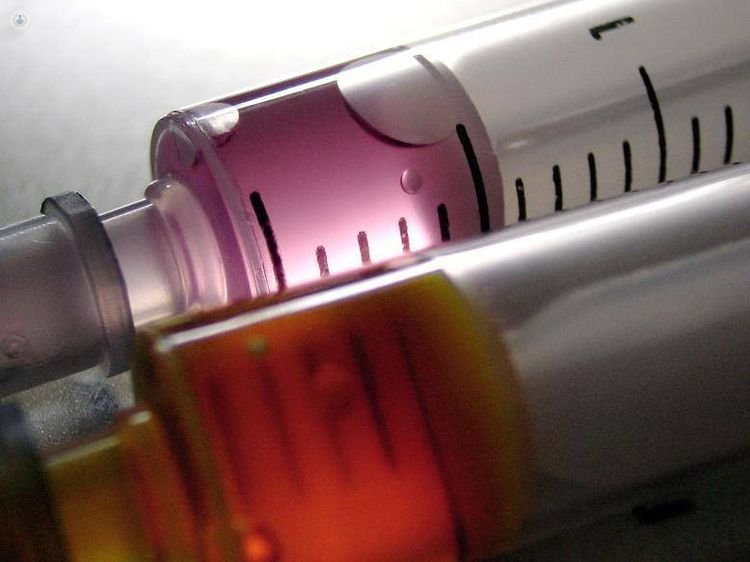Erythropoietin and doping: what are the effects and how to detect
Written by:Erythropoietin (EPO) is a glycoprotein hormone that regulates red blood cell formation. Erythropoietin can concentrate more of red cell mass, so muscles receive more oxygen. This delays the onset of fatigue, which have been used throughout history to athletes given doping. However, for some years it is easily detectable.

Erythropoietin: what it is and how it acts in the body
Human erythropoietin, known as EPO is a glycoprotein hormone that controls erythropoiesis, or red blood cell formation. Production and regulation occurs primarily in the kidney to a phenomenon of tissue hypoxia (decreased oxygen in tissues). In the 80's two forms of recombinant human erythropoietin, Epoetin alfa who were called and Beta, indicated initially for patients with chronic kidney disease were developed.
Therapeutic use of Erythropoietin (EPO)
As discussed above, erythropoietin (EPO) was first used in the 80s for the treatment of anemia in patients with chronic renal failure. However, for eight or nine years its use has been extended for addressing other non-renal anemia:- Anemia associated with cancer- HIV patients on antiretroviral therapy and low levels of endogenous erythropoietin- Presurgical patients- Autologous blood donors- Hematopoietic stem cell transplantation
Effects of doping with erythropoietin (EPO)
Red blood cells are responsible for the transport of oxygen to other body tissues. The injection of synthetic EPO can concentrate as much red cell mass, so that the muscles get more oxygen to receive from the same volume of blood. This allows for more efficient work delaying the onset of fatigue.
How to detect doping with erythropoietin (EPO)
Until the beginning of XXI century there were no reliable methods that allowed detection of EPO levels to increase exercise performance. Traditionally it used as an indirect measure of control hematocrit levels or concentration of red blood cells. Normally their serum values range from 38-45%. In athletes who received recombinant EPO, this parameter can be increased above 60%. Currently, in addition, they have specific methods for detecting each type of recombinant erythropoietin administered.
Risks of doping with erythropoietin (EPO)
The increased serum hematocrit levels above 55% produced a phenomenon of blood hyperviscosity, with a slowing of blood circulation which can cause thrombosis phenomena peripherally, clogged coronary arteries, stroke and hypertension.
Erythropoietin Administration
Management of road of any type of recombinant erythropoietin is very simple, as they come in pre-filled syringes. However, he stressed the importance that is always made under the control of a specialist in hematology , which will make the relevant controls blood count to assess the outcome and subsequent titration.


